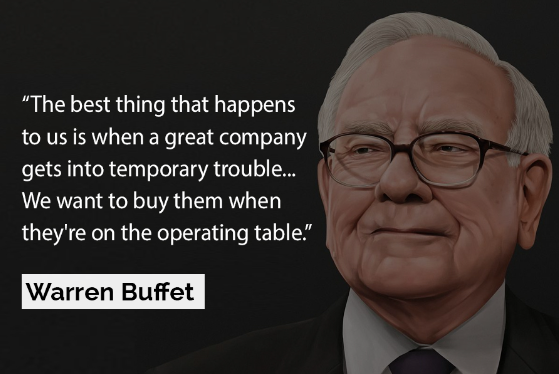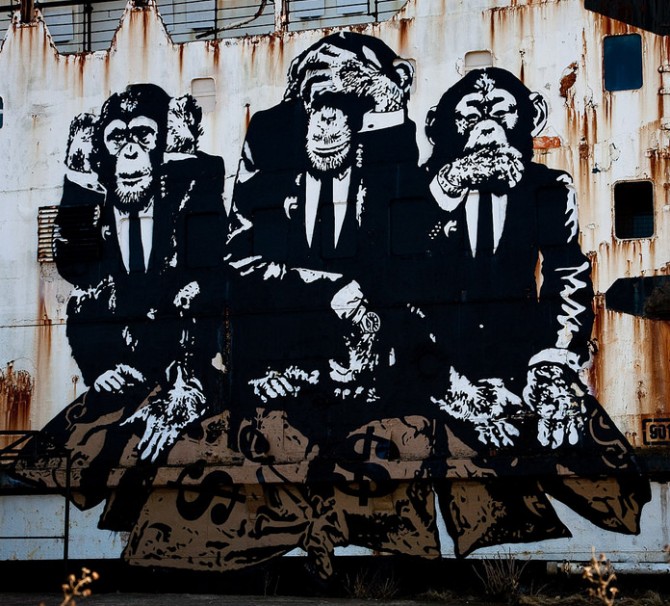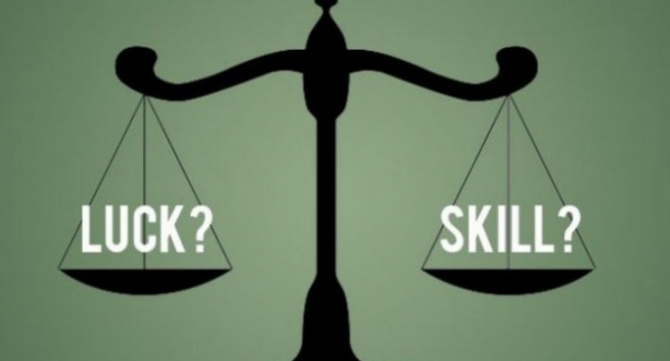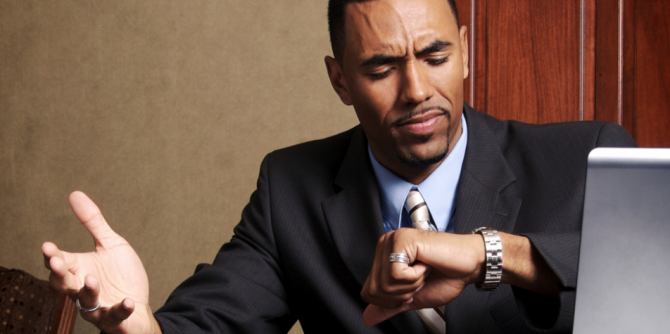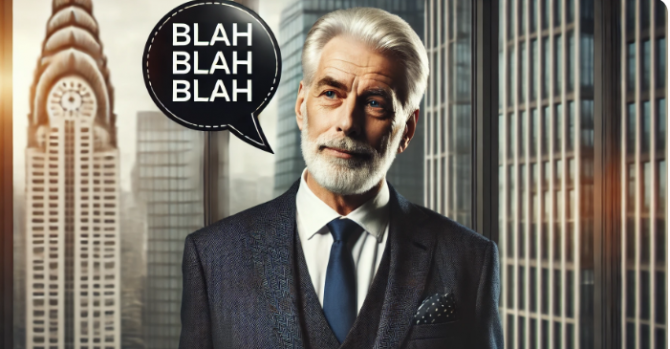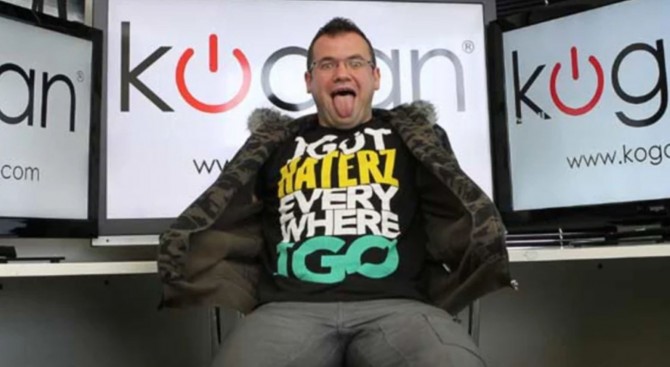
Of the many challenges that investing brings, the emotional ones are arguably the hardest. There’s little value in being the smartest person in the room if you can’t muster the necessary discipline and temperament to face the chaos of the market.
One of the more prickly behavioural challenges we face is the inertia of our beliefs. We tend to be very wedded to our opinions and once formed, they are incredibly difficult to change — no matter what evidence is presented to us.
A 1975 Stanford study famously demonstrates this. Participants were given a mix of real and fictional suicide notes, and asked to distinguish between the two. One group was told they scored exceptionally well, the other was informed they achieved very low results. At a later point, all participants were then told that the study was really just about gauging their reaction to being right or wrong, and that the test results were entirely made up.
The interesting thing is that after the deception was revealed, participants who scored well continued to significantly overrate their skills, while those that scored poorly were convinced they were below average at the task. Once we’ve formed an opinion, we tend to cling to it — even when there’s no rational basis to do so.
Numerous other studies show how we are strongly biased towards anything that acts to confirm our pre-existing beliefs, and how opposing facts can actually strengthen them.
When it comes to investing, that’s a huge handicap to overcome. But if we desire superior returns, overcome it we must! It’s something plenty of the investing greats talk a lot about.
Charlie Munger, Vice Chairman of Berkshire Hathaway, says it best:
Rapid destruction of your ideas when the time is right is one of the most valuable qualities you can acquire. You must force yourself to consider arguments on the other side.
Famed investor George Soros also talks of the challenge:
My conceptual framework, which basically emphasizes the importance of misconceptions, makes me extremely critical of my own decisions. I know that I am bound to be wrong, and therefore am more likely to correct my own mistakes.
Or, in the more succinct words of Tesla’s Elon Musk,
You should take the approach that you’re wrong. Your goal is to be less wrong.
It’s an extremely difficult mindset to adopt. Especially given it seems to sit at odds with another critical investing skill — the importance of acting with conviction. The challenge, I think, is distinguishing between being ‘wrong’ and just ‘not being right, yet’.
Being wrong because your shares are down (an error in timing that could eventually be overcome) is very different to being wrong because your analysis is flawed (an error in reasoning that can lead to a permanent loss of capital). It is the former that requires conviction, the latter that requires a flexibility in thinking.
Howard Marks, of Oaktree Capital, is quite blunt about it.
Like participants in any field requiring the application of skill under challenging circumstances, superior investors’ batting averages will be well below 1.0 and marked by errors and slumps. Judgments that prove correct don’t necessarily do so promptly, so even the best investors look wrong a lot of the time. If you’re not okay with that, try another field.
It’s essential to have a clear rationale for buying any share. Hope alone, is not a sensible investment strategy.
But it’s just as important to remember that your thinking is not infallible. That the best way to improve an idea is to challenge it. Either you’ll discover it to be flawed, and avoid a costly error, or you’ll strengthen the investment case and be able to act with greater conviction.
This is why we encourage our members to outline their investment thesis prior to adding a company to their Strawman scorecard. Not only does it help others better appraise the idea, but it allows contributors to test their thinking.
After all, if an investment idea is flawed, it’s far better to work that out before the rest of the market does. Because, sooner or later, the market always gets it right.
